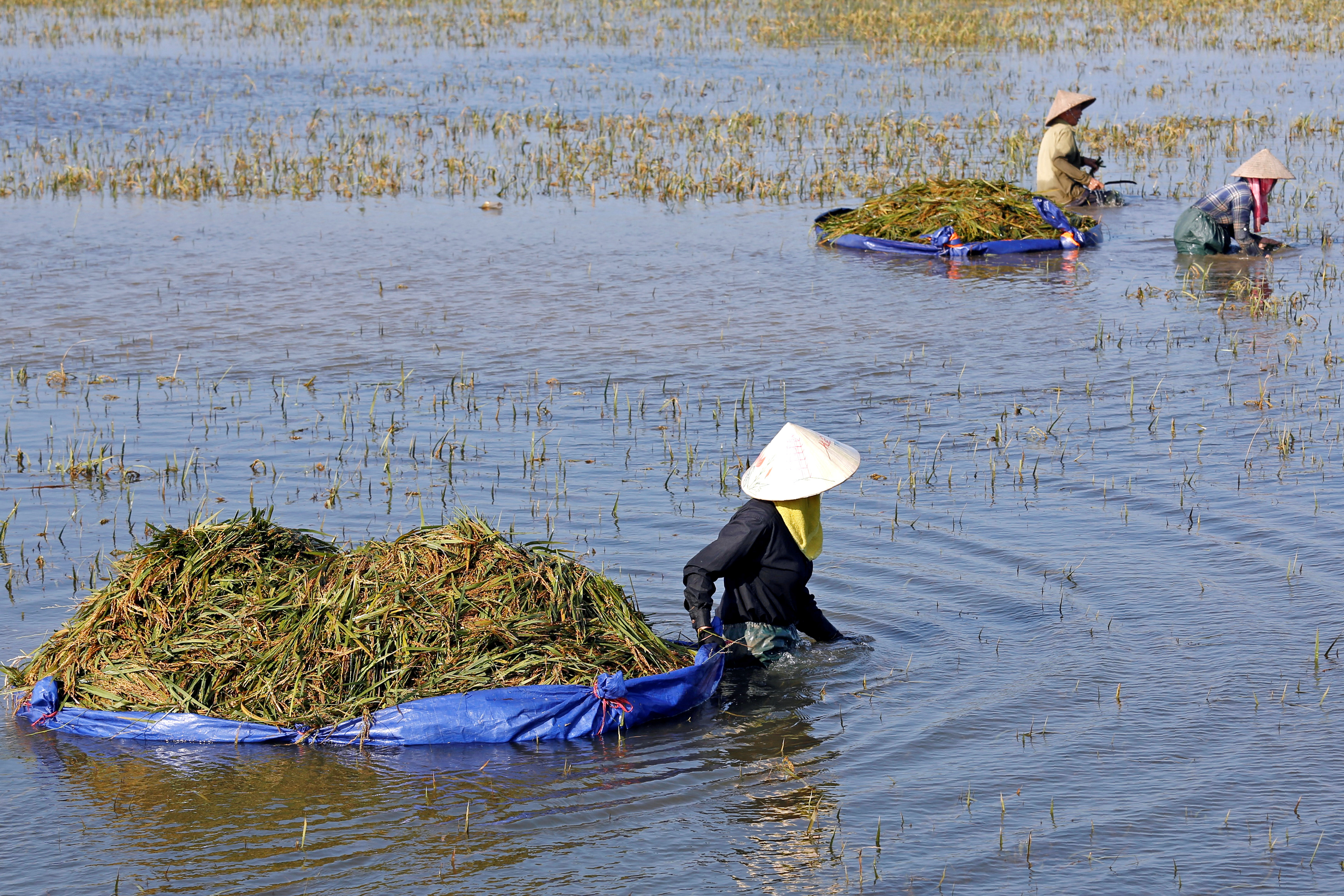
By Kanupriya Kapoor and Manuel Mogato
MANILA (Reuters) – A maritime code of conduct between Southeast Asia and China must be legally binding to put a stop to “unilateral actions” in the South China Sea, because a previous commitment to play fair had been ignored, the ASEAN secretary general said on Friday.
The Association of South East Asian Nations had not received any guarantees from China in discussions to create a framework for the code within this year, but ASEAN was hopeful a set of rules could be agreed to ward off disputes and militarization, Le Luong Minh told Reuters.
“For ASEAN, such a framework must have substantial elements, and such a code of conduct must be legally binding,” he said in an interview.
Signing China up to a code that it must abide by, and can be enforced, has long been a goal for ASEAN’s claimant members: Vietnam, the Philippines, Brunei and Malaysia.
China claims sovereignty over almost the entire South China Sea.
China’s recent decision to work with ASEAN to draw up a framework for a code, 15 years after they agreed to one, has been met with a mix of optimism and scepticism, coming at a time when Beijing races ahead with development of its seven artificial islands in the Spratlys.
It has put radar, runways, hangars and missiles on some of those features, causing alarm in the region and concern about its long-term intentions.
The framework, which all sides hope to finish this year, seeks to advance a 2002 Declaration of Conduct (DOC) of Parties in the South China Sea, which commits to following international law, ensuring freedom of navigation and not putting people on uninhabited islands and features.
MILITARIZATION ACTIVITIES
“It’s important … because of the complex developments in the South China Sea, especially the reclamation and militarization activities and all those unilateral actions,” Minh said of the code.
“In that context, the need for an instrument which is legally binding, which is capable of not only preventing but also managing such incidents, is very important.”
Making demands of China is something ASEAN states have long been reluctant to do, wary of their economic dependence on their giant neighbor.
ASEAN leaders are meeting in Manila for a summit this week. Philippine President Rodrigo Duterte said on Thursday it was pointless discussing Beijing’s contentious activities and no one dared to pressure it anyway.
Experts doubt China would tie itself to a set of rules in a waterway central to its geostrategic ambitions and expect it to drag the process out until ASEAN accepts a weaker code than it wants.
Asked if China had made any assurances it would stick to whatever code was agreed, Minh said: “We don’t have any guarantee, we just have to try our best.”
Minh said the code needed to be more comprehensive than the 2002 DOC, which was only a political declaration.
“It was good if all parties were implementing what was agreed, but that’s not what is happening. The COC (code of conduct), we need a legally binding instrument.”
Minh also urged de-escalation of tensions on the Korean peninsula, and said North Korea’s foreign minister had sent a letter to him two weeks ago asking for ASEAN’s support. He did not say what Pyongyang had asked ASEAN to do.
“They expressed concern over what they (perceive) to be the threat to their security,” he said. “They especially mentioned the joint exercises between the U.S. and South Korea.”
(Writing by Martin Petty; Editing by Robert Birsel)











